iPhone 16 Review: New features and specs from Apple’s newest phones
Apple’s latest iPhone 16 range finally comes with a long-awaited feature. But is it worth upgrading?
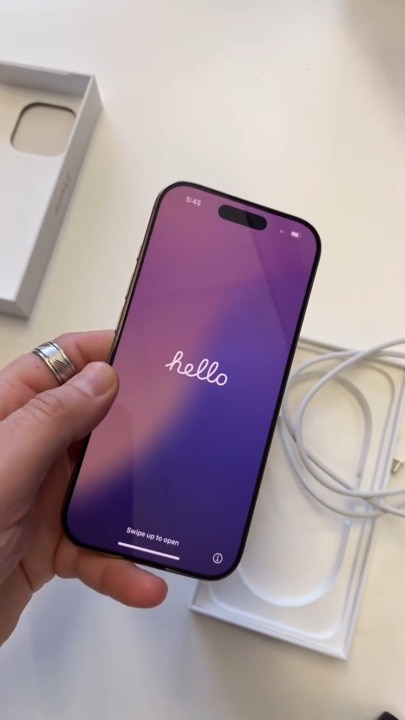
We may receive payments from third parties for sharing this content, and when you purchase through links in this article. Product prices and offer details are not assured, and should be confirmed independently with the retailer. Learn more
If you were walking down Sydney’s George Street earlier in September, you would’ve seen jam-packed lines outside the Apple Store, with tech-loving Aussies eagerly waiting to get their brand-new iPhone 16.
Similar scenes likely played out across shopping districts nationwide, and it’s easy to see why: Apple has really delivered the goods with their latest smartphone range.
The four new handsets in the range, namely the iPhone 16, iPhone 16 Plus, iPhone 16 Pro, and iPhone 16 Pro Max, feature significant camera improvements and are ready for Apple Intelligence, the brand’s upcoming artificial intelligence tool set to launch in December.
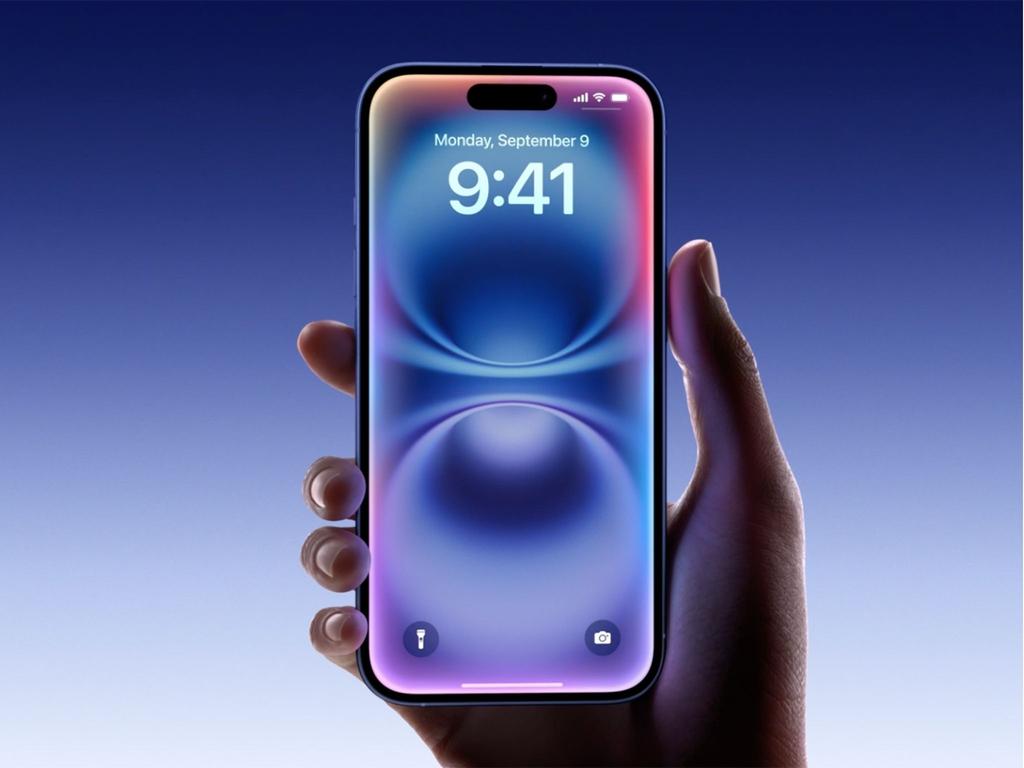
But with prices starting at $1397 for the base model, is a new iPhone 16 worth it?
We’ve been testing the iPhone 16 Plus and iPhone 16 Pro over the past week to find out.
1-MINUTE REVIEW: IPHONE 16 PLUS
Apple iPhone 16 Plus, from $1597 at Amazon Australia
What You Need to Know
The Apple iPhone 16 Plus may look very similar to the iPhone 15, but it introduces impressive AI features for the first time, called Apple Intelligence.
The downside for some buyers is that the AI features won’t be rolled out until December.
But the wait could be worth it. For example, pointing the camera at a location will provide details like shop opening hours.
Additionally, you’ll be able to use keywords to prompt the AI to locate older photos and videos, no matter how far back they were taken.
Notably, there’s also a new side camera button called Camera Control that lets users open the camera, capture images, start videos, and edit photos without navigating through the phone.
You’ll also be able to create custom emojis, with developments allowing Siri to better understand and interpret prompts.
1-MINUTE REVIEW: IPHONE 16 PRO
Apple iPhone 16 Pro, from $1797 at Apple
What You Need to Know
Apple’s latest iPhone 16 Pro is packed with fantastic features, most notably the upgraded 48MP Fusion camera, which can shoot 4K video at 120 frames per second in Dolby Vision.
Additionally, there’s a new Ultra Wide camera and a 5x Telephoto lens, pretty much everything you need for capturing perfect shots.
The iPhone 16 Pro also comes with the new A18 Pro chip and Apple Intelligence.
Its lightweight titanium casing not only looks sleek but also features the thinnest borders ever and is partly made from recycled materials.
Like the other iPhone 16 models in the range, the iPhone 16 Pro boasts an extended battery life of up to 27 hours, will be optimised for Apple Intelligence, and also includes the new Camera Control button.
HOW WE TESTED THE IPHONE 16 PLUS AND IPHONE 16 PRO
At news.com.au, we’re all about helping you make smart shopping choices. We know how important it is to find the right product at the best price, so we do the heavy lifting for you.
Our team dives into consumer reviews, product manuals, and conducts thorough research, plus we put every product through hands-on tests to provide honest feedback on performance and value.
I tested the Apple iPhone 16 Plus and iPhone 16 Pro for a week, using them as my everyday phones to evaluate their performance, battery life, and camera quality.
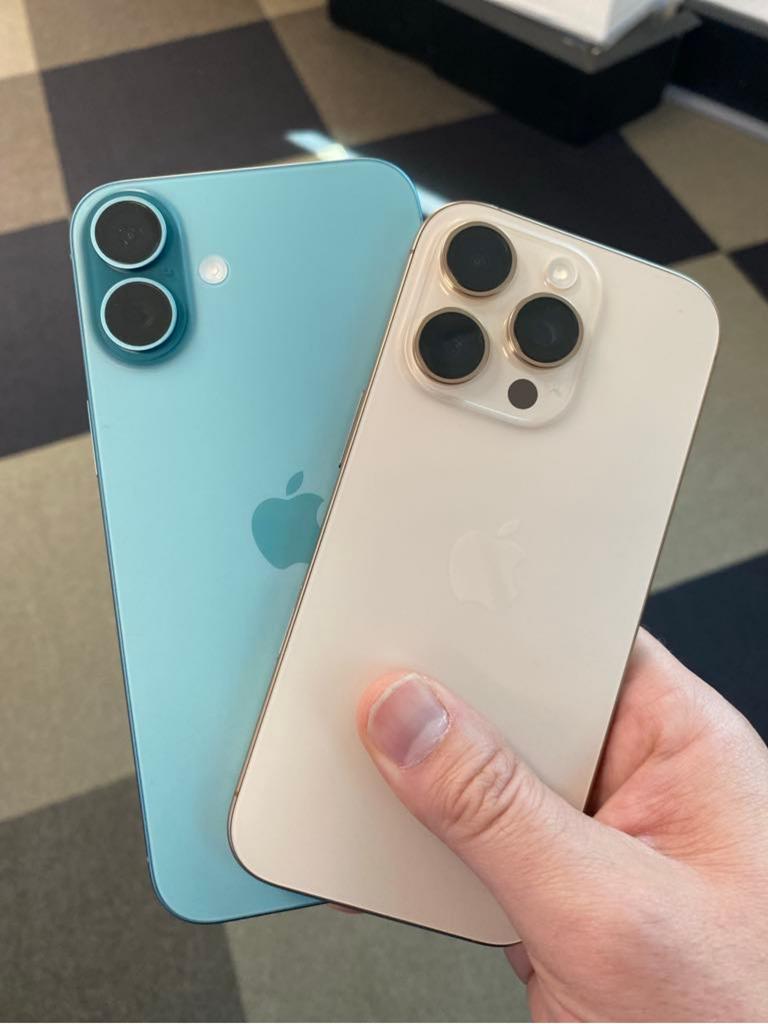
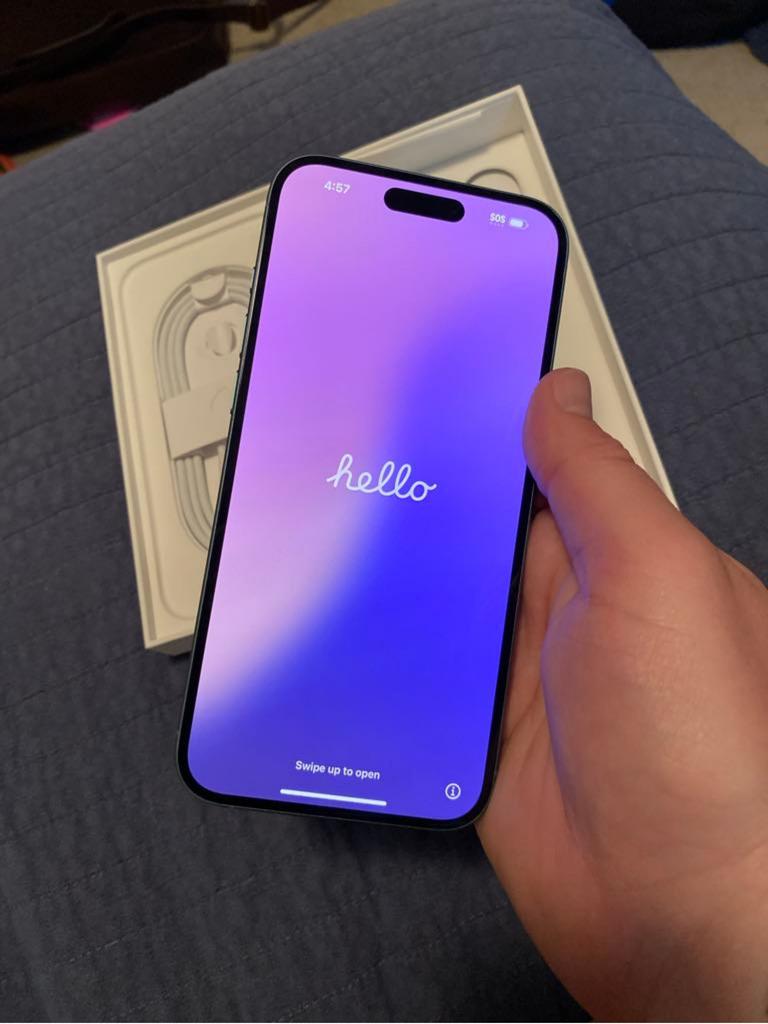
FULL REVIEW OF THE IPHONE 16 PLUS AND IPHONE 16 PRO
- Setting up the phone
- Design
- Display
- Camera
- Performance
- Charging Port
- Battery Life
- Price
- Verdict: Should you buy the iPhone 16 Plus or iPhone 16 Pro?
SETTING UP THE PHONE
Setting up the iPhone 16 Plus and iPhone 16 Pro was very easy and seamless, and much like setting up my previous Apple smartphone, which was an iPhone 11.
You’ll be prompted to transfer data from an older iPhone, either through the Quick Start setup or downloading all your content, data and apps from iCloud.
The set-up process also lets you set-up Face ID access and your Apple Pay settings. And if you have old credit card details saved, you just enter the CVC, and then you’re good to go.
I had a fair amount of data to transfer, so I let the phones do their thing. The setup took about 30 minutes.
And the best thing was that once completed, it simply felt like I was picking up right where I left off on my old phone.
DESIGN
Aesthetically, there are no major changes to the physical look and feel of the iPhone 16 Plus and iPhone 16 Pro. At first glance, you can tell they are very much Apple products, continuing the design motifs of their predecessors.
The unboxing process also mirrors my previous experiences with Apple devices, with a big focus on presentation. It’s a bit like going to a showroom to pick up a new car, and it’s quite enjoyable to have the product in your hand, which at 199 grams for both models, doesn’t feel super heavy.
The iPhone 16 Plus looks great and comes in a range of vibrant colours (Ultramarine, Teal, and Pink), alongside the more traditional options of White and Black.
The latest Ceramic Shield features a lovely textured matte finish designed for durability.

It’s said to be tougher than any other smartphone glass, being 50 per cent stronger than the first-generation Ceramic Shield and twice as tough as glass found in other smartphones.
We’re not suggesting you deliberately drop your iPhone 16 Plus, but it certainly has a better chance of withstanding bumps and knocks.
The iPhone 16 Pro offers four colour options (Black Titanium, White Titanium, Natural Titanium, and Desert Titanium) and features a micro-blasted finish which looks and feels very luxe.
The iPhone 16 Pro has also been constructed with ultra durable Grade 5 Titanium (think the same material used in spacecraft), and the structural frame is made from recycled aluminium—a first for Apple, which is great to see. This commitment to sustainability extends to 100 per cent fibre packaging and no use of plastic.
Both the iPhone 16 Plus and iPhone 16 Pro are also water-resistant up to 6 metres for 30 minutes, so accidental spills from things like water or coffee won’t be the end of the world.
DISPLAY
The iPhone 16 Plus features an HDR-supported display with excellent lowlight performance, along with an action button that provides quick access to shortcuts and apps.
The 6.7-inch display is bigger than my old smartphone, but doesn’t feel too cumbersome while holding in my hand during use.
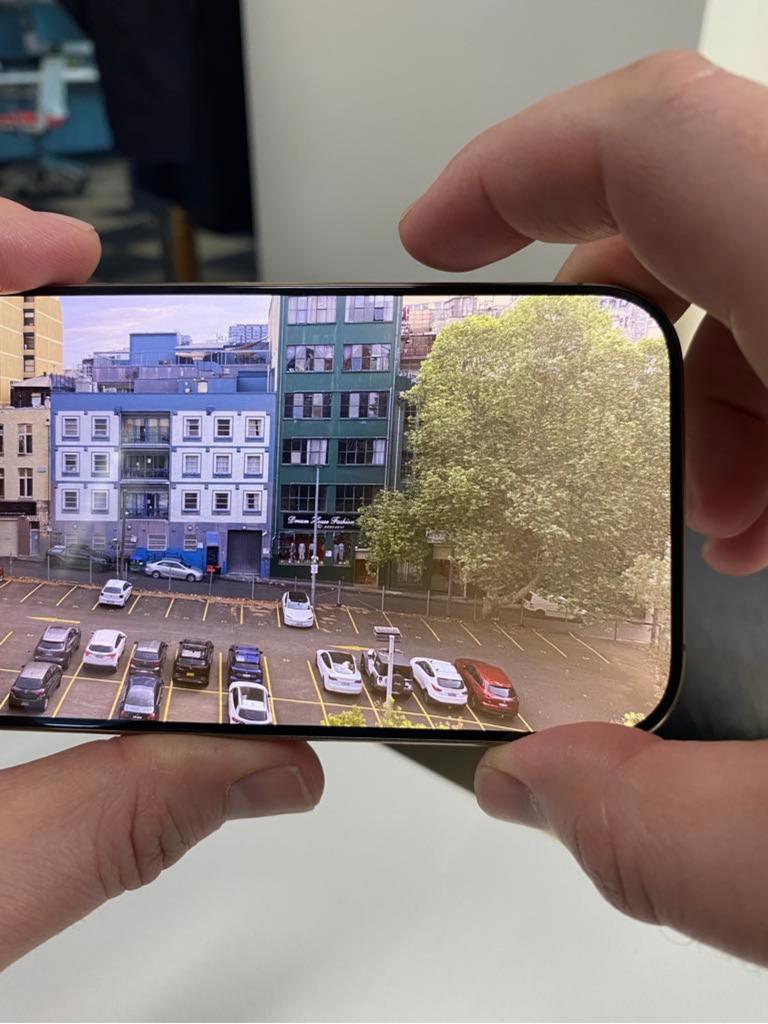
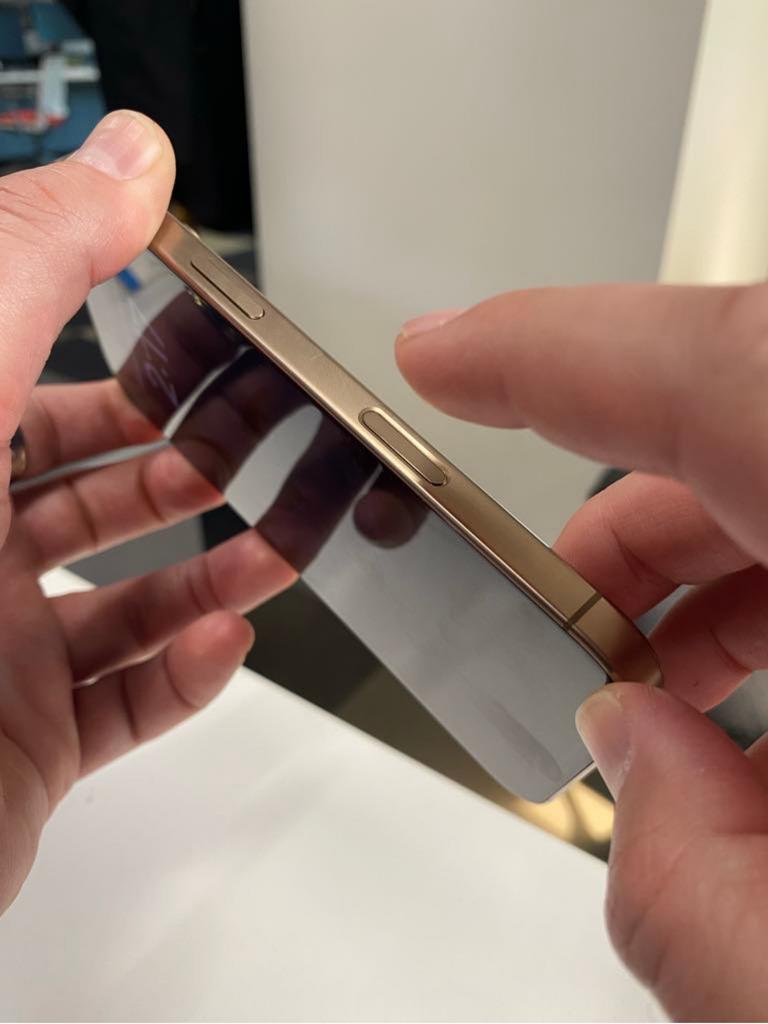
Meantime, the iPhone 16 Pro has a 6.3-inch display, and the thinnest borders to date.
I really like the Always-On feature, and the brightness in both smartphones is really impressive.
Both smartphones are promoted as having incredible brightness, and while using them, this is hard to fault.
CAMERA
OK, so arguably, the biggest selling points that will get people over the line with the new iPhone 16 Plus and the iPhone 16 Pro are the camera improvements.
Both devices include a new feature called Camera Control, which lets you take photos and videos quickly, thanks to touch sensors.
One tap of this button will open the camera, and rolling your finger over the sensor allows you to alter the zoom feature, while two small taps of your fingers changes the settings to easy adjustments like the zoom and exposure.
What I really love with this feature is that if you hold down the Camera Control button, it will automatically start recording video for you too.
Once Apple Intelligence launches in December, you’ll also be able to use the camera to get information about nearby places or objects, like opening hours at a nearby restaurant. Plus this will be integrated with Google and ChatGPT.


But let’s get back to the photos. The iPhone 16 Plus camera system also features a redesigned camera system called Fusion, that uses machine intelligence to enhance photos, offering a default resolution of 24 megapixels and ensuring zero shutter lag for crisp images.
Apple wanted to integrate a lot of premium features into this model and the results speak for themselves.
This can actually be increased to 48 megapixels, and allows for 2x optical zoom, with an ultra-wide lens that captures 2.6 times more light, enhancing lowlight performance and enabling macro photography.
I tried out these camera features at Central Station in Sydney, taking some photos of the iconic Clock Tower along with a crane in the distance, and was very impressed with the quality and performance.

Users can also take advantage of Photographic Styles, which allow for real-time colour grading, letting you zero in on specific aspects for more tailored results.
I tested this out while photographic of plants and flowers in my apartment building, I was able to switch through different looks to change up the tone and feel.
There’s a saying “let’s fix it in post” - well with both the iPhone 16 Plus and iPhone 16 Pro, you can make these changes after you’ve taken the photos.
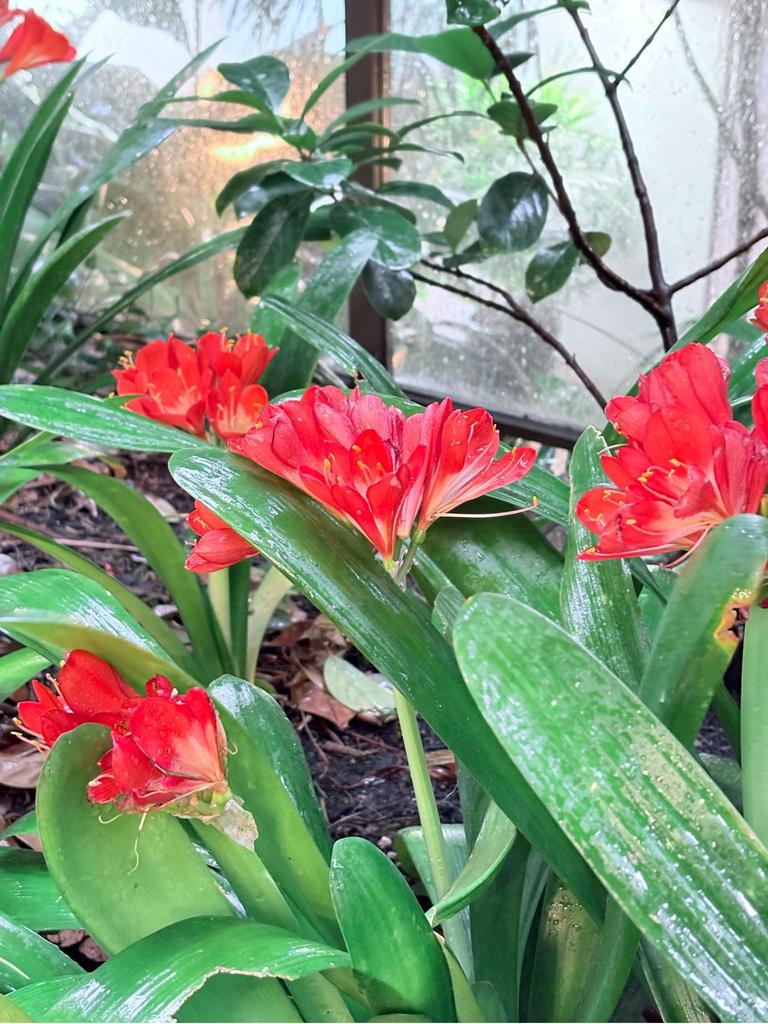

When it comes to video, the iPhone 16 Plus also uses Spacial Video which is recorded at 1080p and at 30 frames per second, alongside improved audio features like wind noise reduction and Spatial Audio for an immersive experience.
The iPhone 16 Pro also uses the 48MP Fusion Camera, which features a faster sensor that captures images with zero shutter lag.
It supports high-resolution formats like Apple ProRAW and HEIF, and you can easily switch between popular focal lengths like 24mm, 28mm, and 35mm, and like the iPhone 16 Plus, there’s a handy 2x Telephoto option for beautiful portrait shots.


The 48MP Ultra Wide Camera offers even more versatility, enabling you to capture wide-angle shots with fantastic detail and clarity.
The iPhone 16 Pro also includes a 5x Telephoto Camera, perfect for close-ups of distant subjects, and its design means you won’t be sacrificing quality for the perfect shot.
I was blown away at how crisp and clear the the results were when photographing the Clock Tower at Central Station, testing both ends of the spectrum of fully zoomed out, and fully zoomed in.
I was easily at least 100 metres away (at a guess) but was very surprised at the clairty and detail of the clock face and nearby statues at full zoom.
PERFORMANCE
The iPhone 16 Plus features the A18 chip, which is the first custom-designed chip for a non-Pro iPhone.
Built on advanced 3-nanometer technology, the A18 chip offers better speed and efficiency.
Its 6-core CPU is up to 30 per cent faster than the iPhone 15 and 60 per cent faster than the iPhone 12, all while using 30 per cent less power. Additionally, the combination of the efficient A18 chip and a larger battery results in improved battery life.
As I’ve mentioned earlier in this review, my previous smartphone was an iPhone 11, and I can really tell the difference in terms of speed and efficiency, which have been notably improved.
Meanwhile, the iPhone 16 Pro is equipped with the A18 Pro chip, which gives even faster performance and efficiency than the A18.
Furthermore, the Pro model includes a 6-core GPU with advanced graphics capabilities for high-quality gaming. It’s also been designed to allow for twice the speed in processing video data, resulting in superior video capture quality.
In terms of storage capacity, you also have some great options with both models, you get up to 512GB with the iPhone 16 Plus and up to 1TB with iPhone 16 Pro.
CHARGING PORT
The iPhone 16 Plus and iPhone 16 Pro feature a USB-C connector for charging, transferring data, and connecting to a wide range of accessories, replacing the older Lightning port.
You can use the same USB-C cable to charge many of your other Apple devices, like MacBooks and iPads.
You can also use the iPhone 16 to charge smaller devices like AirPods and Apple Watch with a cable.
BATTERY LIFE
Along with the camera, one of the significant selling points for these latest models is the battery life.
The internal setup has been revamped, allowing for larger batteries and better heat management, making it easier to service the battery when needed.
Both the iPhone 16 Plus and iPhone 16 Pro feature up to 27 hours of video playback on a fully charged battery.
These smartphones are also optimised for wireless charging with MagSafe technology, which, as the name suggests, lets you attach the charger magnetically to the rear of the device.
PRICE
There are four models available for purchase in the iPhone 16 range, and prices vary based on the storage capacity.
iPhone 16: Starts at $1397 for 128GB, $1797 for 256GB, and $2147 for 512GB.
iPhone 16 Plus: Starts at $1597 for 128GB, $1797 for 256GB, and $2147 for 512GB.
iPhone 16 Pro: Priced at $1797 for 128GB, $1997 for 256GB, $2347 for 512GB, and $2697 for 1TB.
iPhone 16 Pro Max: Starts at $2147 for 256GB, $2497 for 512GB, and $2847 for 1TB.
VERDICT: SHOULD YOU BUY THE IPHONE 16 PLUS OR IPHONE 16 PRO?
There’s always going to be a lot of buzz whenever Apple launches a brand new product, and it’s unsurprising that this anticipation has extended to the new iPhone 16 range.
As a lot of thought has gone into upgrading the camera capabilities, which really go the distance. As someone who uses the camera and video features quite extensively, I’m extremely impressed with the updates to both the iPhone 16 Plus and iPhone 16 Pro.
One disappointment for some buyers is having to wait until December for Apple Intelligence, and I have to agree personally with that one, not being able to properly test out this feature for this review is a little bit of a let down.
And particularly when A-I capabilities are already operational in other competitor products on the market like the Samsung Galaxy Z Flip 6 and the Google Pixel 7.
Time will tell if the wait is worth it.
The other hesitation is the price, especially amid cost of living pressures. With the base iPhone 16 Plus model starting at $1597 (for 128GB), and the iPhone 16 Pro retailing from $1799 (for 128GB), this will cause a little bit of a dent in your bank account.
However if you’re prepared to make the distance, you can expect a great smartphone that delivers on what it promises, and that will arguably last you a couple of years.
APPLE IPHONE 16 ACCESSORIES
Phone Cases
- JETech Magnetic Case for iPhone 16, $16.99 at Amazon Australia
- Bellroy iPhone 16 Case, $79 at Bellroy
- Otterbox Symmetry Series Core for MagSafe, $89.95 at Otterbox Australia
- iPhone 16 Classic Camera Case, $154.99 at Casetify
- Otterbox Symmetry Series Core for MagSafe, $89.95 at Otterbox Australia
Screen Protectors
- JETech Screen Protector for iPhone 16 6.1-Inch, $11.99 at Amazon Australia
- Belkin ScreenForce InvisiGlass Treated Screen Protector for iPhone 16/15/14 Pro, $39.95 at Belkin
- Otterbox Premium Pro Glass Privacy Guard, $79.95 at Otterbox Australia
Cables
- Belkin BoostCharge Braided USB-C to USB-C Cable 60W (Black, White, Pink and Blue), from $19.95 at Belkin
- sweguard USB Type C Charger Cable for iPhone 16 15 Pro Max Plus, $14.99 (down from $16.99) at Amazon Australia
Power Banks
Wireless Chargers
- Belkin BoostCharge Pro 2-in-1 Wireless Charging Dock with Qi2 15W, $204.95 at Belkin
- Belkin Stage Auto-Tracking Stand Pro with DockKit, $299.95 at Belkin
- UGREEN MagFlow Wireless Charger, 2-in-1 MagSafe Charging Stand, Qi Magsafe Charger with 1M USB-C Cable for iPhone 16/15/14/13/12 Series and AirPods Series (No AC Adapter), $59.99 at Amazon Australia
For more great bargains on audio products like the Apple iPhone 16 range and other tech, head to news.com.au’s Coupons page for coupons and discounts from retailers like Myer, The Good Guys, Dyson and Bose.
And to stay across the latest products, sales, deals and more, sign up to our news.com.au checkout newsletter here.
*These products were loaned by Apple for a 100 per cent independent, honest review.









